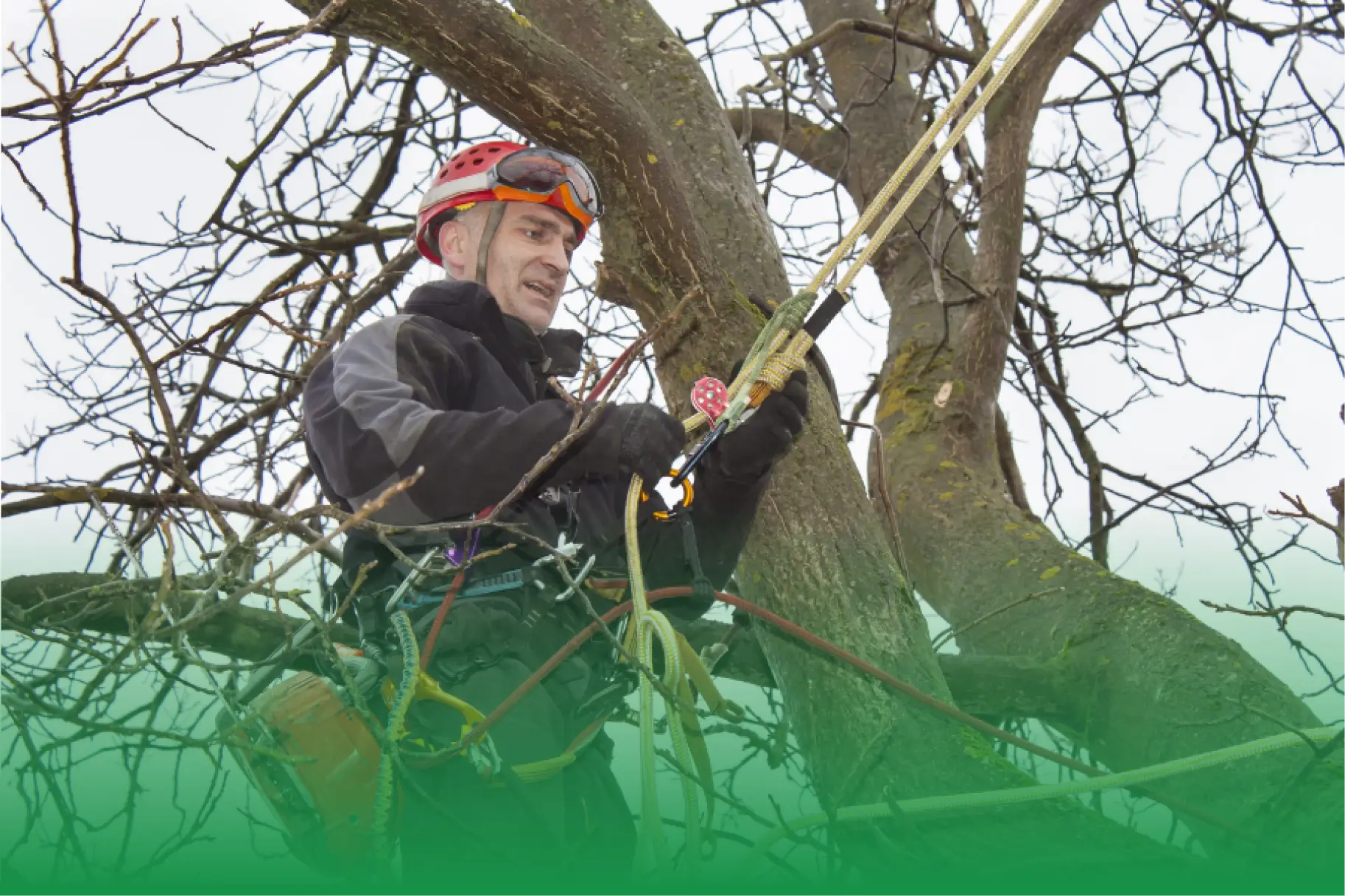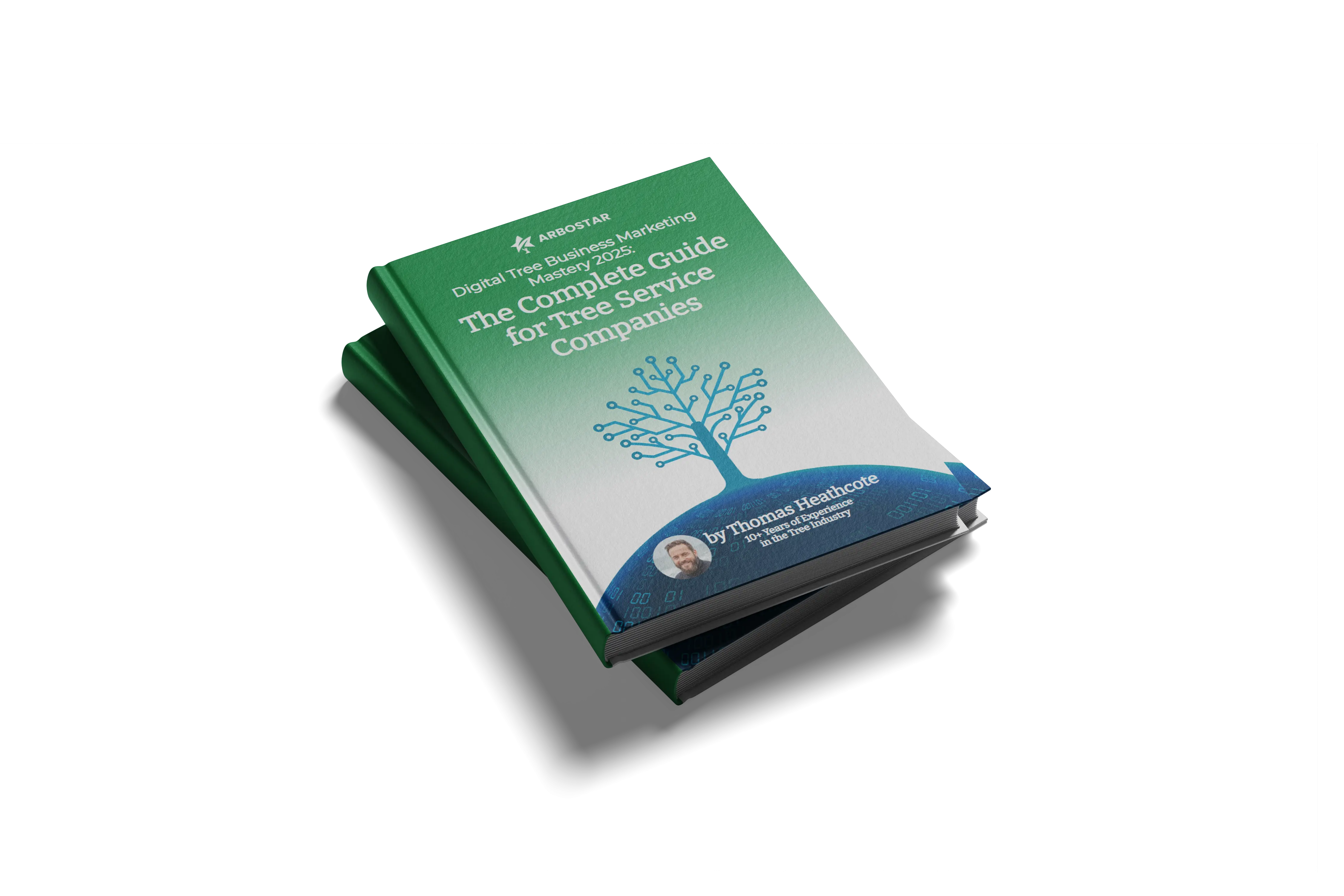The Arborist's Guide: Supporting Trees Through Extreme Weather Challenges

In the wake of increasing climatic extremes, the role of arborists in safeguarding our green infrastructure has never been more critical. Extreme weather conditions, from relentless droughts and scorching heat waves to ferocious storms and chilling frosts, present a myriad of challenges to tree health and structural stability. This comprehensive guide, designed for tree care professionals and arborists, delves into strategic measures and innovative practices for protecting trees against these escalating threats. As your trusted partner in tree care solutions, Arbostar aims to equip you with actionable insights, leveraging our cutting-edge tree service software and ArborStar CRM to enhance the efficiency and effectiveness of your tree care endeavors.

Understanding Tree Stress Factors
The first step in mitigating the impact of extreme weather on trees is understanding the stress factors involved. Drought, for instance, can severely dehydrate trees, reducing their capacity to photosynthesize and making them more susceptible to disease and insect infestations. Conversely, excessive rainfall and flooding can suffocate tree roots and promote fungal growth. High winds and ice storms can damage or even uproot trees, compromising public safety and property. By recognizing these stress factors, arborists can tailor their management strategies to enhance tree resilience.

Proactive Tree Care Strategies
- Water Management: Implementing efficient irrigation techniques is paramount during drought conditions. Drip irrigation and the use of mulch can significantly reduce water evaporation and help maintain soil moisture. Conversely, in areas prone to excessive rainfall, ensuring proper drainage is crucial to prevent waterlogging and root rot.
- Structural Support: Tree cabling and bracing are essential interventions for enhancing the structural integrity of trees, making them more resilient to high winds and heavy snow loads. These techniques help to redistribute structural stress and prevent limb failure or tree collapse. For detailed guidance on these practices, visit our sections on tree cabling and tree bracing.
- Pruning: Regular, strategic pruning is vital for maintaining tree health and structural integrity. Removing dead or weak branches reduces the risk of damage during storms and minimizes the overall stress on the tree. It's also crucial for managing tree shape and weight distribution, which can significantly impact a tree's resilience to extreme weather.
- Soil Health: Enhancing soil health is a cornerstone of robust tree care. Application of organic matter and proper fertilization can improve soil structure, water retention, and nutrient availability, supporting stronger root systems and overall tree vitality.
- Selection and Planting: Choosing the right tree species for the local climate and soil conditions is fundamental. Native species or those adapted to specific weather extremes are more likely to thrive. Proper planting techniques are equally important to ensure healthy root development and long-term tree survival.

Leveraging Technology for Enhanced Tree Care
In today's digital age, technology plays a pivotal role in optimizing tree care practices. Arbostar's comprehensive suite of tree care management tools, including our app for tree service business and arborist CRM, empowers professionals to streamline their operations, from scheduling and client management to fieldwork execution and billing. Our tree service software integrates seamlessly with your workflow, enhancing productivity and enabling you to focus on delivering exceptional tree care.
- Tree Management Software: Utilizing ArborStar's tree management software facilitates efficient tracking of tree health, maintenance schedules, and intervention outcomes. This data-driven approach allows arborists to anticipate the needs of each tree and customize care plans accordingly.
- CRM for Arborists: A robust CRM system is invaluable for maintaining strong client relationships and managing service requests efficiently. It enables seamless communication and record-keeping, ensuring that all client needs are met promptly and effectively.
- Mobile Applications: The availability of a dedicated app for tree service business enhances operational flexibility, allowing arborists and field teams to access and update job information in real-time, even from remote locations.

Conclusion
As extreme weather events become increasingly common, the demand for skilled tree care and sophisticated management strategies will only escalate. By adopting proactive care practices, leveraging structural support techniques like tree cabling and bracing, and harnessing the power of advanced technology such as ArborStar's tree service software and arborist CRM, professionals can significantly improve the resilience of trees to weather-related stresses. This not only preserves the invaluable ecological, economic, and aesthetic benefits trees offer but also ensures the safety and well-being of the communities we serve. Let's embrace these challenges as opportunities to innovate and strengthen our commitment to exceptional tree care in the face of changing climates.

















